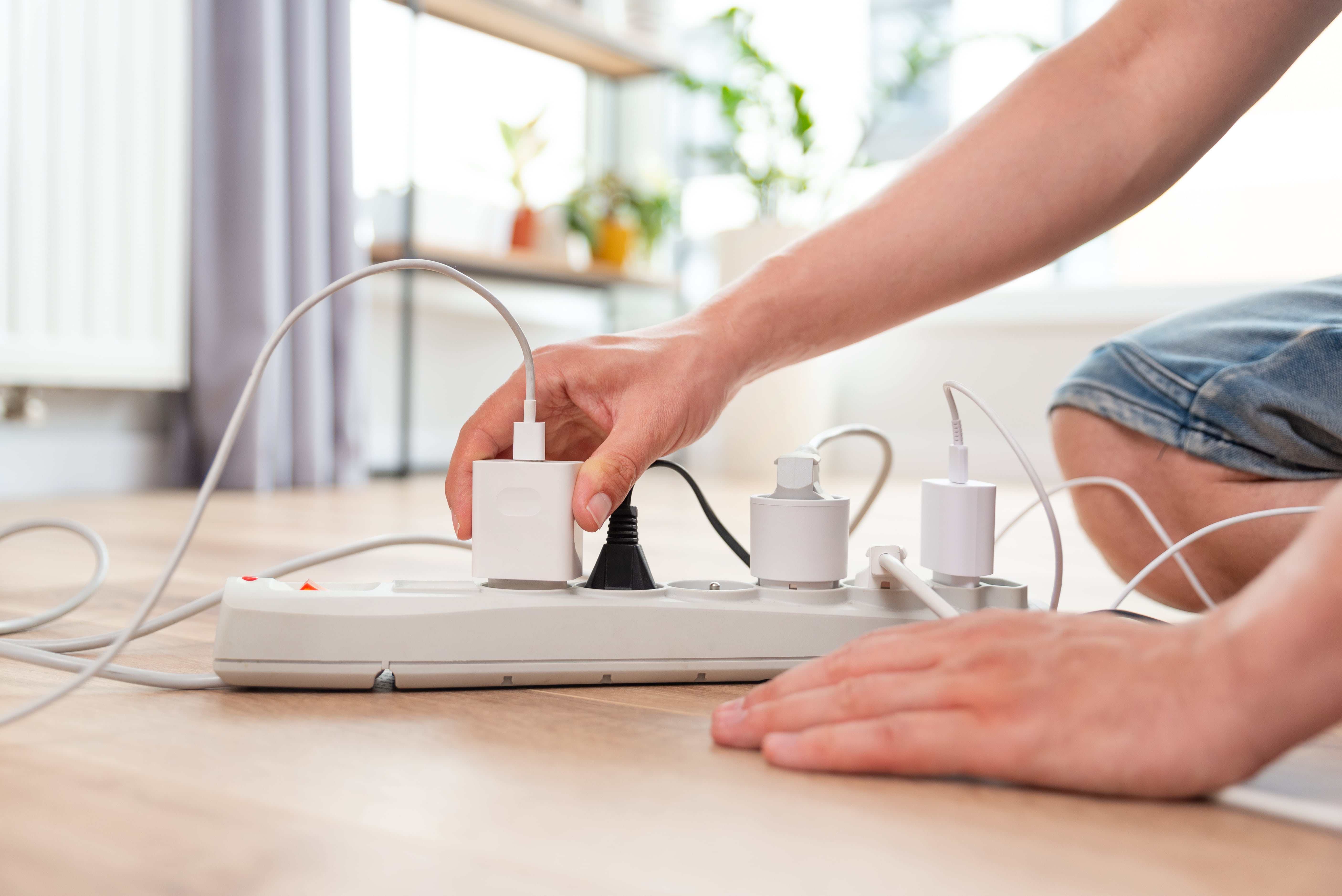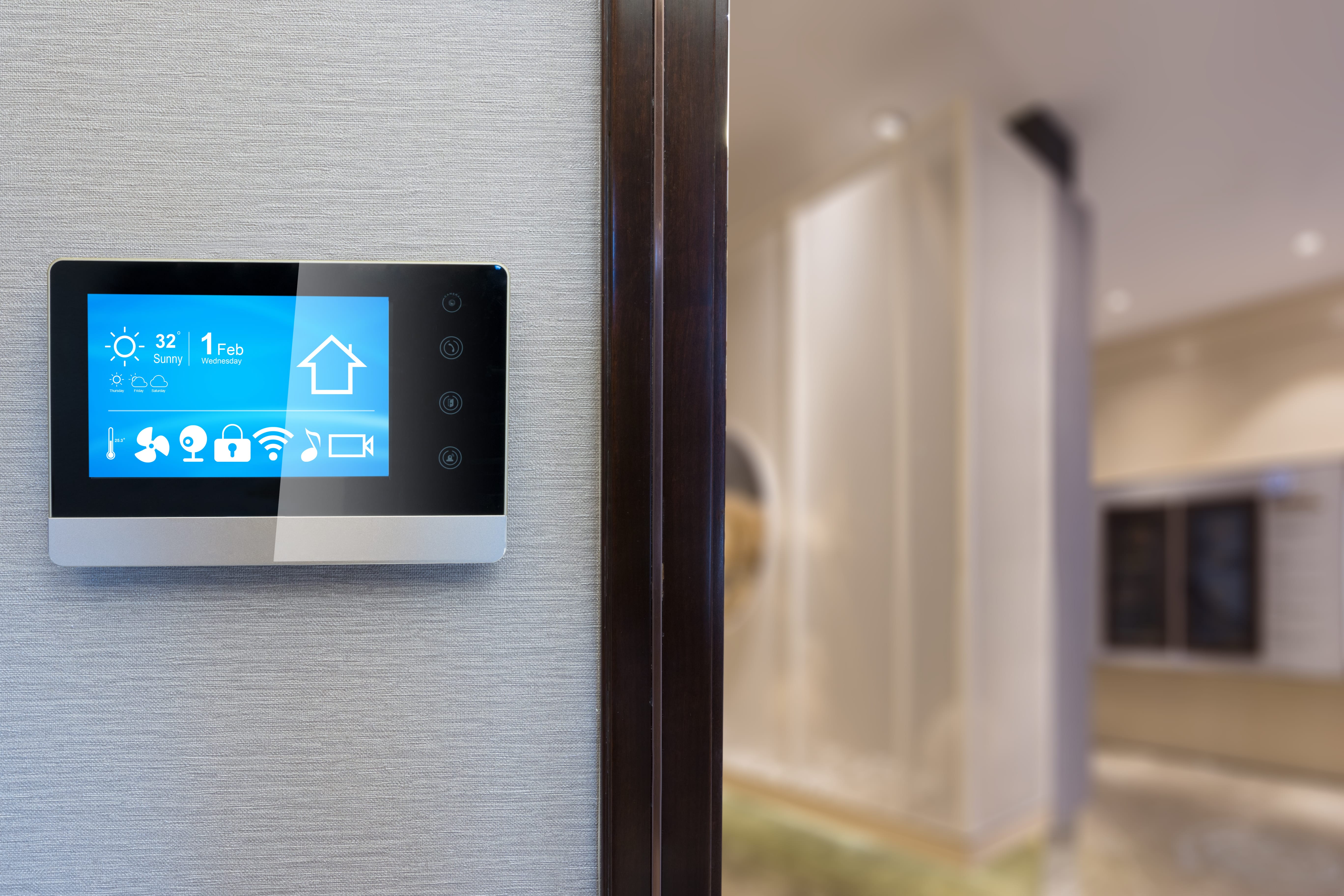With the dog days of summer approaching in the next weeks, many pet owners are concerned about the health and safety of their pets during high heat and humidity. When pet owners leave their homes, they want to know their pets will be safe and comfortable. However, running the air conditioner on low settings around the clock can use a lot of electricity and may not be necessary for your animals.
With a little bit of research and planning, you can keep your home safely cooled for your pets without wasting electricity. Here are a few tips to get you started.
Determine the right temperature setting
According to veterinarians with the ASPCA, most pets will be comfortable in homes with thermostats set to 78-80 degrees. That means you can probably kick the temperature up a little when you leave for the day without compromising your pet's safety.
However, all animals are different. If your pet is older, overweight or has heart or lung disease, talk to your veterinarian about these unique needs. Pets with short muzzles, including pugs, bulldogs, and Persian cats have a lower tolerance for heat. Your vet will be able to tell you if this is true for your dog or cat's breed as well.
Humidity is another factor. Dogs and cats cannot cool themselves as easily as humans, so when humidity levels are high, you may need to turn the AC down a few more degrees.

Provide plenty of water
During the hottest months of the year, you should make sure your pet's water dish is full before you leave the house, and maybe even put out an additional bowl of water. You can also encourage your animals to drink by placing their water bowls near their food or other treats.
Cats may require extra encouragement to stay hydrated. Our domesticated cats were originally bred from wild desert cats, so they naturally won't drink much water even when they need to. You may also try getting a pet water fountain, as many cats prefer to drink from running-water sources. Cats also like to drink water in secluded locations away from other pets, so give them their own water fountain or bowl away from your dog.
{{CTA-Thermostat}}
Monitor their behavior
If your home is too warm for your pets, their behaviors may let you know. If your dog or cat is mostly inactive and laying down near cooler areas, such as under your bed, next to the refrigerator, or in front of a fan or air conditioning vent, this may be an indication that they are uncomfortable and looking for ways to cool off.
Like humans, dogs and cats also enjoy a little extra cooling in the summer. When you return home, try treating your dog to a cool treat like the Humane Society's Peanut Butter Pup-sicles or let them take a dip in a kiddie pool in your backyard. You can also get your dog or cat a cooling pad to help them stay chill while you're away for the day. These can be purchased through your veterinarian or at a pet supply store.
For more ideas of ways to save energy this summer, visit Gexa's Energy website.






































